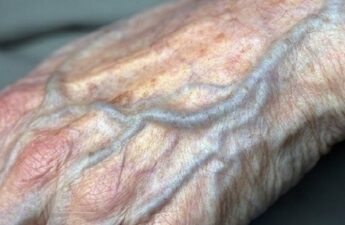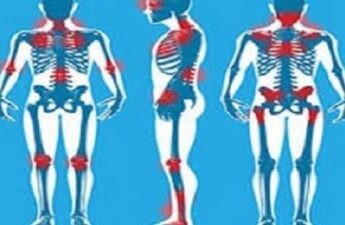Dealing with fibromyalgia,
Numbness and tingling.
For most people, the morning brings enough energy to get going. That is, most people who do not have fibromyalgia.
Fibromyalgia sufferers can barely walk in the morning, yet they manage.
Some days, the mere pressure of putting your feet on the ground is unbearable.
Feet are stiff and tingling, legs stiff, knees throbbing, and it takes extreme effort to walk from the bedroom to the kitchen.
A restless night’s sleep makes you feel like you’ve run a marathon.
Sleep with pillows under your feet, between your ankles and knees, and make sure your legs are touching as little as possible.
Does this scenario sound familiar to you? This numbness and tingling condition is called paresthesia , and is seen in one in four people with fibromyalgia.
What causes paresthesia?
Why is numbness common in fibromyalgia?
There are a few theories as to what causes numbness and tingling for those who suffer from fibromyalgia.
So why do many of us with fibromyalgia often experience numbness and tingling in our hands, feet, legs, or other parts of the body?
There is no definitive answer for that.
But there are several possible reasons:
• Muscle spasms and muscle stiffness . Tight or jerky muscles can put pressure on nerves, resulting in numbness, tingling, or even a feeling like something is crawling on your skin.
• Cold-induced vasospasm , also known as Raynaud’s disease or syndrome.
This occurs when cold or stress causes an artery to spasm, usually in the hands or feet, causing the blood vessels to narrow, limiting the blood supply. This leads to the area feeling cold, tingling, numb, and changing colors.
One study suggests that people with fibromyalgia are more likely to have cold-induced vasospasm.
• Vitamin deficiency . A deficiency in vitamins B-1, B-3, B-6, B-12, or E can cause neuropathy from nerve damage.
• Too much vitamin D. Having too much vitamin D in your system can also cause neuropathy.
• Magnesium deficiency . Magnesium is a vital mineral for our bodies to function. Not having enough of it leads to increased muscle spasms, which in turn can put pressure on the nerves and cause numbness.
If the numbness and tingling is not something you commonly experience with fibromyalgia flare-ups , but is a new symptom, it’s important to see a doctor, because it could be a symptom of other conditions such as multiple sclerosis, hypoglycemia, or peripheral neuropathy in diabetes. .
Techniques for coping for muscle spasms
Effective exercise involves increasing cardiovascular (aerobic) capacity, as well as stretching and mobilizing sore muscles.
Low-impact aerobics, such as brisk walking, bicycling, swimming, or water aerobics, are generally the best way to get into an exercise routine to minimize pain.
Physiotherapy can be helpful, and could be included to help with these problems.
Heat and ice massage, hydromassage, ultrasound, and electrical stimulation to help control pain.



